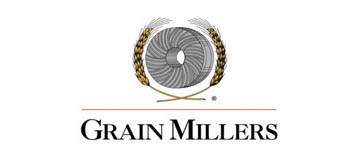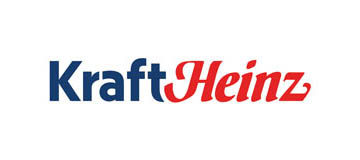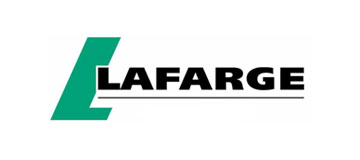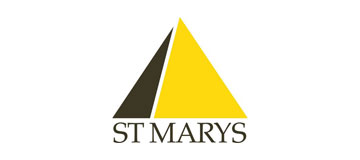Performance Charts
- TL 10 Pressure
- TL 10 Vacuum
- TL 20 Pressure
- TL 20 Vacuum
- TL 30 Pressure
- TL 30 Vacuum
- TL 40 Pressure
- TL 40 Vacuum
- TL 41 Pressure
- TL 41 Vacuum
- TL 50 Pressure
- TL 50 Vacuum
- TL 60 Pressure
- TL 60 Vacuum
- TL 61 Pressure
- TL 61 Vacuum
- TL 70 Pressure
- TL 70 Vacuum
- TL 80 Pressure
- TL 80 Vacuum
- TL 81 Pressure
- TL 81 Vacuum
- TL 90 Pressure
- TL 90 Vacuum
- TL 100 Pressure
- TL 100 Vacuum
- TL 101 Pressure
- TL 101 Vacuum
- TL 110 Pressure
- TL 110 Vacuum
- TL 120 Pressure
- TL 120 Vacuum
- TL 600 Pressure
- TL 900 Pressure
let us know how!
We were the pneumatic conveying pioneers in Canada, innovating and engineering more efficient ways to get the job done and save money for our customers. That experience is what you need to create the package that is going to work for you today, and adapt to your changing needs.
Pneumatic conveying systems are used to transfer powders, granules, and other dry bulk materials through an enclosed pipeline. The motive force for this transfer comes from a combination of pressure differential and the flow of a gas, such as air or nitrogen. Positive displacement blowers generate pressurized or vacuum air to provide the pressure differential along the pipeline.
Depending on type of application, pneumatic conveying systems can be designed in four different configurations:
- Pressure conveying; for low and high capacities and long distances
- Vacuum conveying; for unloading, short distances, collecting bulk materials from more than one points.
- Vacuum-Pressure combined pneumatic conveying systems.
- Closed loop pneumatic conveying systems; for materials that are sensitive to oxygen or moisture, nitrogen is generally used in these applications.
The proper selection of blowers plays a crucial role in overall performance of pneumatic conveying systems. Physical and chemical properties of bulk material, transfer capacity, conveying distance, environment conditions are key factors to be used in determination of proper type and sizing of the blower.
A pneumatic conveying system is a matrix of moving parts. But our job is to see the material-handling system as a whole. You have to think 360 taking into consideration the totality of a customer’s operation, no matter what industry they’re in.
Performance Charts
- TL 10 Pressure
- TL 10 Vacuum
- TL 20 Pressure
- TL 20 Vacuum
- TL 30 Pressure
- TL 30 Vacuum
- TL 40 Pressure
- TL 40 Vacuum
- TL 41 Pressure
- TL 41 Vacuum
- TL 50 Pressure
- TL 50 Vacuum
- TL 60 Pressure
- TL 60 Vacuum
- TL 61 Pressure
- TL 61 Vacuum
- TL 70 Pressure
- TL 70 Vacuum
- TL 80 Pressure
- TL 80 Vacuum
- TL 81 Pressure
- TL 81 Vacuum
- TL 90 Pressure
- TL 90 Vacuum
- TL 100 Pressure
- TL 100 Vacuum
- TL 101 Pressure
- TL 101 Vacuum
- TL 110 Pressure
- TL 110 Vacuum
- TL 120 Pressure
- TL 120 Vacuum
- TL 600 Pressure
- TL 900 Pressure
let us know how!




 1.844.898.1980
1.844.898.1980 email
email






















